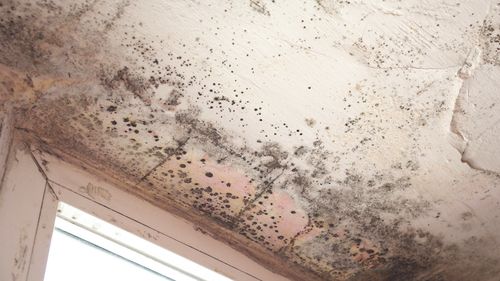old can grow anywhere it can find oxygen, moisture and organic material, and it's particularly happy in damp, humid areas of the home — so it's no surprise that mold in the basement is a common problem for homeowners.
Basement mold is often the result of a source of moisture — leaky foundations or condensation from appliances are typical culprits. One of the first steps in the prevention of basement mold is to ensure that your basement is free of any moisture and doesn't support a damp, humid environment where mold can thrive.
If mold in the basement is already a problem in your home, there are many options for the control and removal basement mold. Depending on the extent and severity of the problem, and the type of mold, you may need to explore options for professional mold removal. In particular, cases of severe toxic black mold growth may require professional care.
For nontoxic species of mold and less severe mold growth, there are many DIY solutions for the prevention and control of mold in the basement. After removing any mold-covered debris, such as dry wall, insulation, carpet or sub-flooring, hard surfaces can be treated with commercial products containing ammonia and bleach. Basement mold removal on tile or linoleum can also be performed with vinegar or a borax and water solution.
Mold in the basement is a common problem, but by understanding how to identify problem areas and prevent and control mold growth, you can avoid the potentially costly and unhealthy spread of basement mold.

